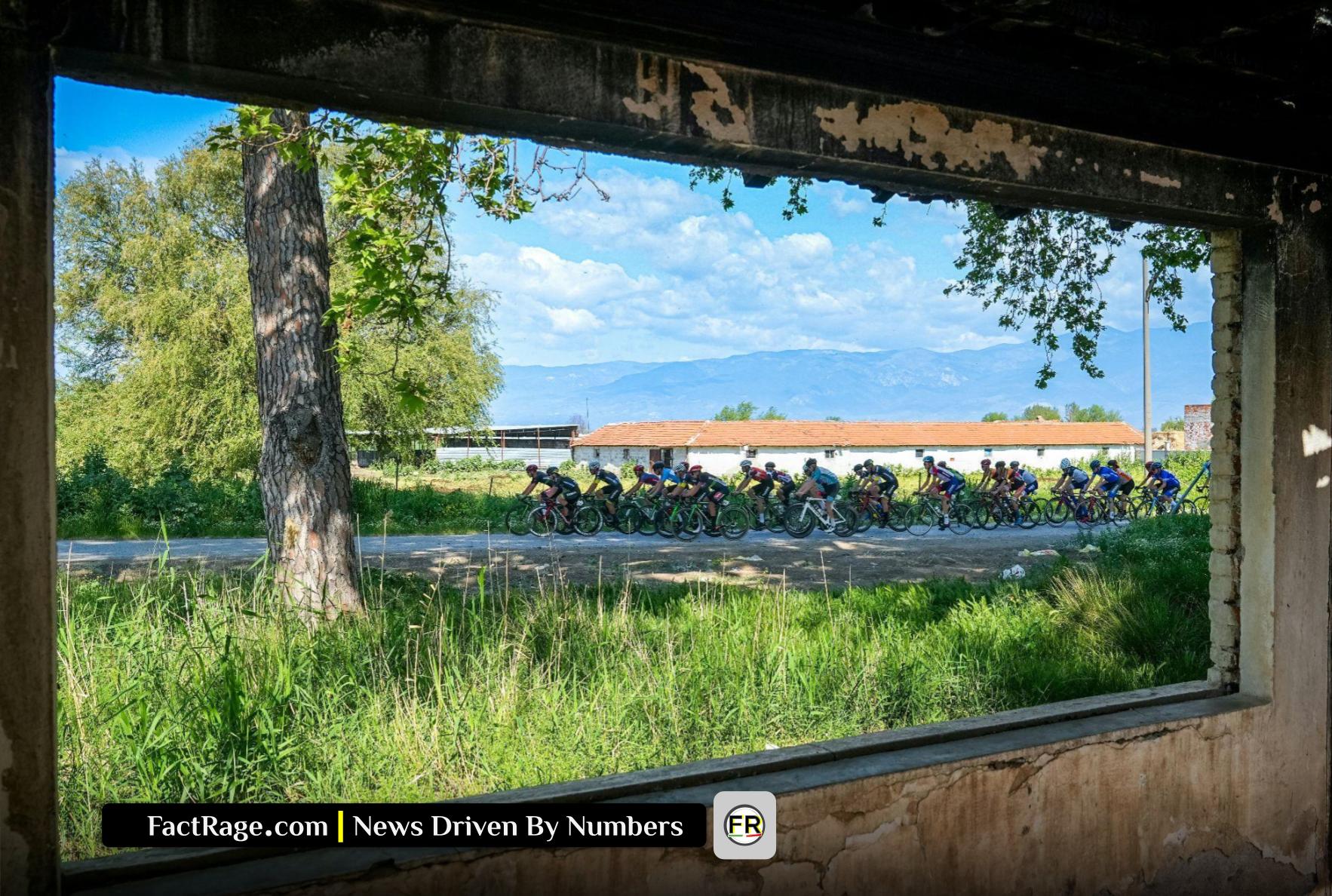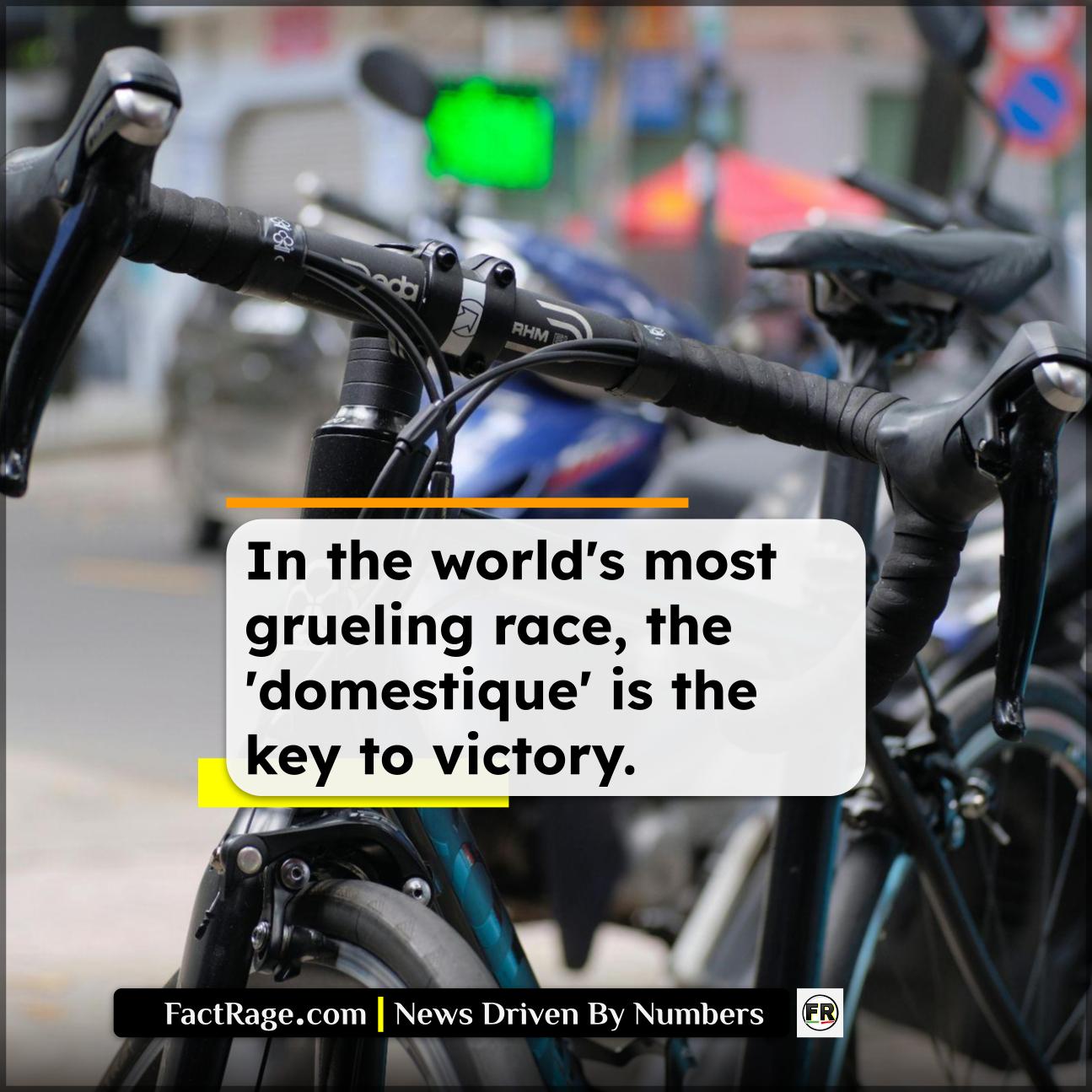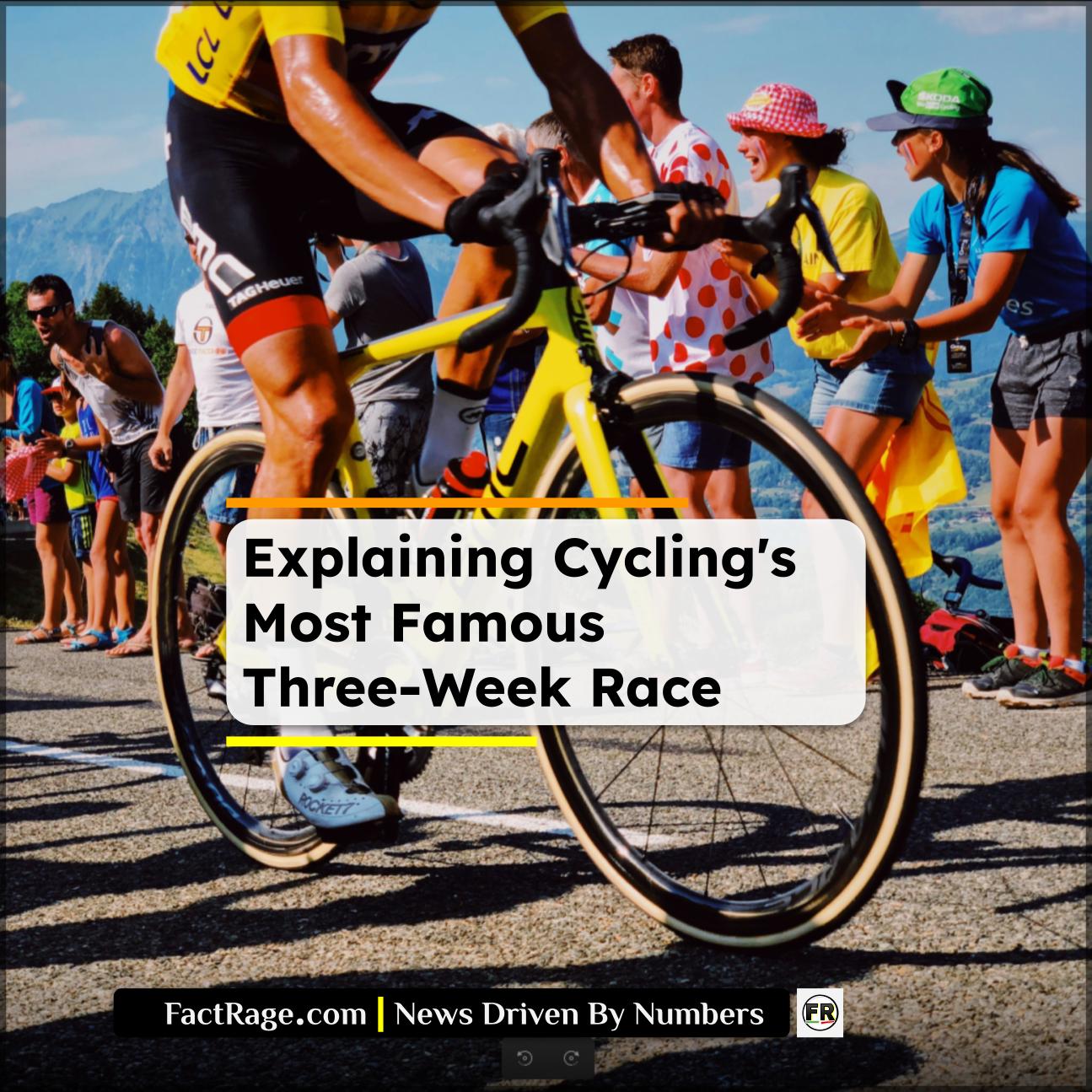LILLE, FRANCE – For most of the nearly 200 riders starting the Tour de France, the dream isn’t to wear the yellow jersey in Paris; it’s to ensure someone else does.
- The Team’s Engine – In a typical eight-man Tour de France team, up to seven riders are “domestiques,” or support riders, dedicated to a single team leader.
- Anatomy of Sacrifice – The role involves shielding the leader from wind, fetching food and water, chasing down breakaway groups, and even giving up their own bicycle after a mechanical failure.
- A Different Victory – The success of a domestique is measured not by personal stage wins but by the final placement of their leader, making their role a testament to collective effort over individual glory.
This is the world of the domestique, the French word for “servant,” who is the most crucial yet least celebrated figure in professional cycling. As the massive spectacle of the Tour gets underway, their story reveals the race’s true nature: a brutal, strategic team sport hidden within a contest for one.
What is the Job You Don’t See on Camera?

Amid the blur of color and the roar of the crowd, the television cameras focus on the contenders, the climbers in polka-dots, and the sprinters in green. But the race is controlled by the quiet work of the domestiques. Their duties, which change by the minute, are dictated by the team director’s voice in their earpiece.
The primary task is to be a human shield. By riding in front of their leader, they can reduce wind resistance by as much as 30%, saving the leader’s precious energy for critical moments like a mountain summit or a final sprint. They also act as waiters on wheels, constantly dropping back to the team car to stuff their jerseys with water bottles and energy gels to distribute among their teammates. If a breakaway group of rival riders gets too far ahead, it’s the domestiques who are sent to the front of the peloton to burn their own energy reserves to close the gap.
A Day in the Life: The Cost of a 21-Day Effort
The Tour de France covers over 3,400 kilometers (about 2,100 miles) across 21 stages. For a domestique, this is a three-week exercise in managed suffering. A rider can burn between 4,000 and 8,000 calories on a single stage, depending on the difficulty. The physical toll is immense, but the mental discipline is even greater.
Imagine riding for five hours in scorching heat, your legs screaming in protest, only to be ordered to accelerate to chase down an opponent. Or suffering a flat tire and waiting for team support while your leader, whom you were protecting, disappears up the road. In the most extreme cases, a domestique will give their own bike to their leader to get them back in the race as quickly as possible, sacrificing their own chances of even finishing the stage within the time limit. Teams like the Ineos Grenadiers have built dynasties on the back of this kind of unwavering team discipline.
How is Success Measured Without a Podium?
So why would an elite athlete, one of the best cyclists in the world, sign up for a job with almost no chance of personal victory? The motivation lies in a redefined sense of success. For the career domestique, victory is seeing their leader on the podium in Paris. It’s the quiet satisfaction of a perfectly executed plan, the respect earned within the peloton, and the knowledge that glory for one is impossible without the sacrifice of many.
This shared purpose builds a unique and powerful bond. When a team leader wins the Tour de France, their first words are almost always of thanks to the teammates who made it possible. In that moment, the exhaustion, the pain, and the personal ambitions set aside over three grueling weeks are validated. The domestique’s name may not be in the headlines, but their effort is etched into the history of the yellow jersey itself.














